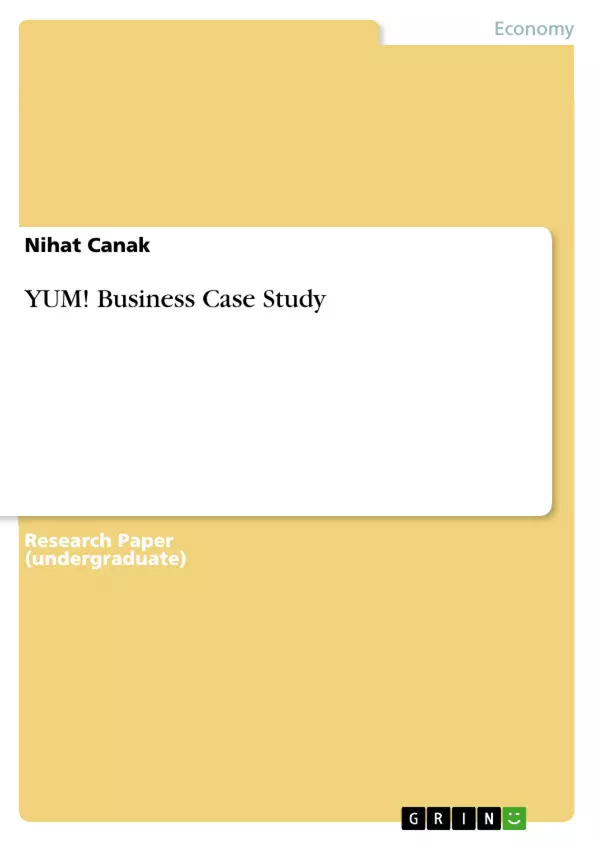The American fast food preparation and presentation model created a strong cultural and collective identity. The model has provided the consumers with uniformity and repeated experience. This phenomenon is called the `McDonaldisation' of the US society that has embraced the all American meal throughout the globe. People want quick and convenient meals; they do not want to spend a lot of time preparing meals, traveling to pick up meals, or waiting for meals in restaurants. As a result, consumers rely on fast food. Knowing this, fast food providers are coming up with new ways to market their products that save time for consumers. For example, McDonald's locates its outlets inside Wal-Mart stores across the United States, and also in Chevron and Amoco service stations. These arrangements are becoming more common in the fast food industry. Consumers can combine meal-time with time engaged in other activities, such as shopping, work, or travel. This idea shapes the growth strategies of most firms in the industry. The most significant driving force is the inexorable movement towards bigness and concentration of power in the hands of fewer and fewer firms at almost every point in the fast food sector. Other driving forces can be seen in the changing structure of American families as more women entered the work force, increasing globalization of the food system, the environmental movement and equity concerns. On the other hand, women are the driving force behind the fast food industry into another direction. Women's attitude towards health and food content has put pressure on the fast food industry to alter their product mix.
However, the great success of the traditional fast food outlet is potentially beginning to lose its pull factor. It is believed that the actual fast food sector is in transition from a traditional selling of burgers to the pre-eminent arrival of a fast casual food industry.
The driving force for change has been a number of issues that raise questions to scrutinise the fast food companies, such as the link of regular fast food ingestion to obesity, chains showing operating loss for the first time in their history and the forced closure of outlets. This is reflected on McDonald's facing a lawsuit from an overweight teenager who felt it was the company to blame for her condition. The food giant has also closed down outlets worldwide.
Inhaltsverzeichnis (Table of Contents)
- Industry Analysis
- Primary Driving Forces of the U.S. Fast Food Industry
- Porter's Five Forces Model
- Fast Food Industry's Attractiveness and Key Success Factors
- Business Strategy Analysis
- SWOT Analysis
- KFC's and Pizza Hut's Positioning and Competitive Advantages
- Franchising Strategy Analysis
- International Business Strategy
Zielsetzung und Themenschwerpunkte (Objectives and Key Themes)
This assignment analyzes the U.S. fast food industry, focusing on its key driving forces, competitive landscape, and the strategies of major players like KFC and Pizza Hut. It examines the industry's attractiveness and identifies key success factors, while analyzing the business strategies of prominent fast food chains.
- The impact of the "McDonaldisation" of American society on consumer behavior and industry dynamics
- The role of Porter's Five Forces Model in understanding the competitive landscape of the fast food industry
- The influence of changing demographics, such as women entering the workforce, on fast food consumption
- The challenges and opportunities posed by the emergence of a fast casual food industry
- The strategic implications of franchising and international expansion in the fast food sector
Zusammenfassung der Kapitel (Chapter Summaries)
The first chapter delves into the primary driving forces shaping the U.S. fast food industry. It explores the cultural significance of fast food in America, the role of convenience and speed, and the impact of changing demographics and consumer preferences. The chapter also examines the trend towards consolidation and the increasing concentration of power in the industry.
The second chapter analyzes the competitive landscape of the U.S. fast food industry using Porter's Five Forces Model. It explores the intensity of rivalry among existing players, the threat of new entrants, the bargaining power of buyers and suppliers, and the availability of substitute products. The chapter also discusses the specific challenges and opportunities faced by major players like Burger King.
The third chapter examines the business strategies of major fast food chains, including KFC and Pizza Hut. It analyzes their positioning in the market, their competitive advantages, and their strategies for differentiation and growth. The chapter also discusses the role of franchising in the fast food industry and its potential benefits and drawbacks.
The fourth chapter explores the international business strategies of major fast food players. It examines the challenges and opportunities of expanding into global markets, including cultural differences, regulatory environments, and consumer preferences. The chapter also discusses the strategies used by major players to adapt their offerings and marketing campaigns to specific international markets.
Schlüsselwörter (Keywords)
The key terms and concepts explored in this assignment include the "McDonaldisation" of American society, Porter's Five Forces Model, fast food industry dynamics, competitive rivalry, franchising, international expansion, consumer behavior, and business strategy. The assignment also examines the challenges and opportunities faced by major fast food players in the U.S. and internationally.
- Quote paper
- M.B.A. Nihat Canak (Author), 2006, YUM! Business Case Study, Munich, GRIN Verlag, https://www.grin.com/document/64775



